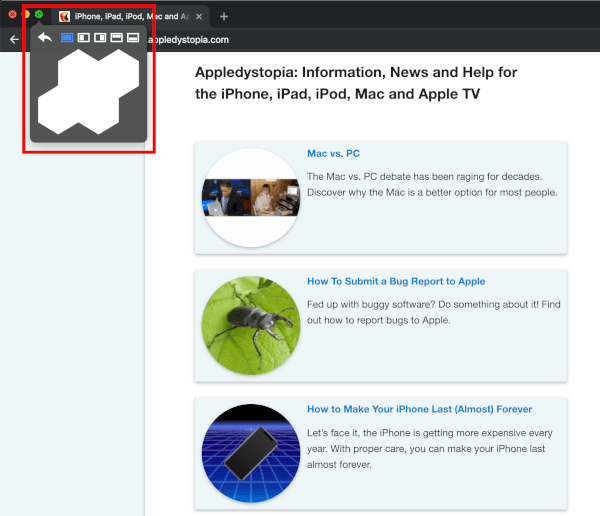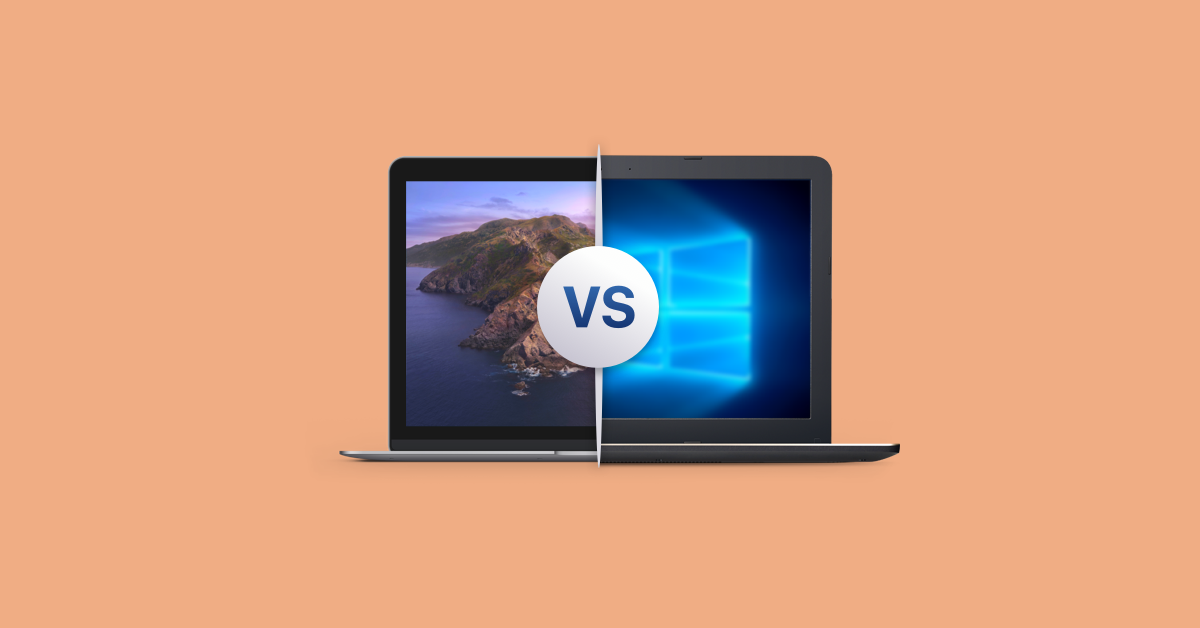

- Mac vs pc for software development install#
- Mac vs pc for software development full#
- Mac vs pc for software development mac#
- Mac vs pc for software development windows#
The existence of a mechanism to install and run any program downloaded from the internet also gives malware authors a “social engineering” attack – in a nutshell, tricking users into running downloaded software that contains malware. Successful attacks on non-sandboxed applications leave the rest of the user’s computer vulnerable.
Mac vs pc for software development windows#
The technical details of the Windows and the OS X app stores and sandboxing models are slightly different to each other, although the end results are reasonably similar.īut there is a straightforward way to bypass these protections: many users need the ability to run their older applications, so both operating systems provide mechanisms to install and run non-sandboxed code. But they do significantly reduce both the potential for malware to make its way onto systems, and the harm such malware can do if they somehow get through. These walled gardens are of concern if you believe (as I do) in the “ freedom to tinker”. Only applications approved by Apple or Microsoft can be sold through them, and those companies take a cut of any sales.
Mac vs pc for software development full#

Both devote considerable time and resources to removing security-related faults in their own software and preventing the introduction of new ones. Over the years both Microsoft and Apple have taken many measures to reduce the risks from malware.
Mac vs pc for software development mac#
Mac users tend to be wealthier than average and are likely to be more heavily concentrated in wealthier developed countries, which may attract malware authors to Macs.

While that is still the case today, the relative payoffs have changed substantially. So back in 2009, Windows represented a far larger target than Mac for profit-seeking virus and malware authors. Most of the rest now comes from smartphones and tablets running Apple’s iOS and Google’s Android. By July 2015 Windows had dropped to 41.7% and Mac to 5.4%.

In April 2009 (the earliest date from which records are readily available) nearly 90% of traffic came from computers running Windows, compared to only 6% for Mac. Definitive statistics for the market share of operating systems are hard to come by, but one useful estimate is available from the server traffic records of Wikimedia (the non-profit organisation that runs Wikipedia).


 0 kommentar(er)
0 kommentar(er)
